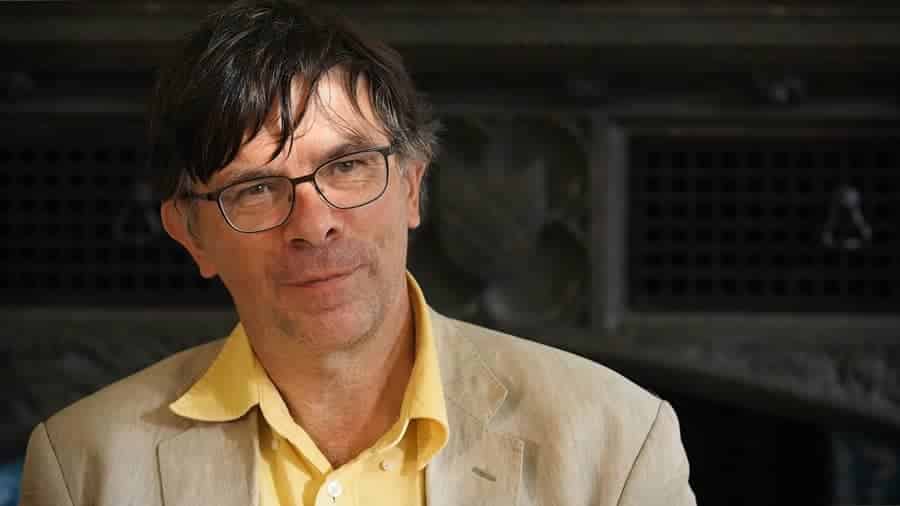Imagine a future in which humanity will be able to travel to other Earth-like planets… and perhaps discover other "humans". Or at least humanoids.
Based on his research, an astrobiologist at the University of Cambridge thinks this prospect is more possible than previously thought. In an interview given to the BBC last month Simon Conway Morris, an evolutionary paleobiologist from the Department of Earth Sciences at the University of Cambridge, says “with reasonable confidence” that human-like evolution has certainly occurred elsewhere in the universe.

Convergent evolution
The idea behind Morris' studies is that of "convergent evolution". According to this principle, the random effects of evolution gradually mediate so that in a given environment they converge to create similar creatures. An example? The flight. Morris notes how this evolved independently on Earth on at least four occasions: in birds, bats, insects and pterosaurs.
A way like any other to say that on other planets not very different from Earth there could be humanoids more or less similar to us, with one large head, two upper and two lower limbs. The famous little green (or gray) men, or the many "humanoid" species seen in Star Trek? Maybe none of this, but nothing dissimilar either.
Humanoids in the Universe, a recurring theme
Morris is not alone in thinking that extraterrestrial life can also evolve by producing humanoid beings elsewhere in the universe. Even the biologist Arik Kershenbaum, also in Cambridge, has published an entire book on the subject.
“Because evolution is the explanatory mechanism for life on Earth,” Kershenbaum said to Quanta magazine this year, “the principles we find on Earth are applicable in the rest of the universe.”

Although we tend to imagine species extraterrestrials who do not share human cultural interests such as philosophy and literature, Kershenbaum argues that even any advanced extraterrestrial life forms would not already have emerged as sophisticated technical entities. They would anyway “evolved from a pre-technological species”, with all the building blocks that serve a social purpose, such as links between groups or transmissions of ideas.
In other words? We may encounter humanoids who tell each other stories, or songs, or whatever, as human civilization does, with similar social purposes.
If the ideas of Kershenbaum and Morris on evolution were correct, humanity could one day explore the cosmos and come across other species with which to relate and communicate in an almost "familiar" way.


